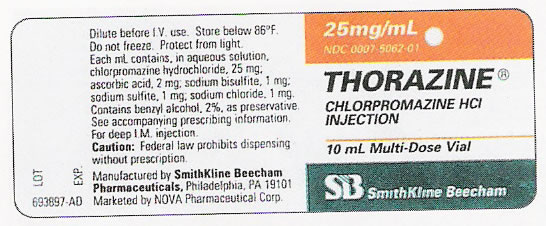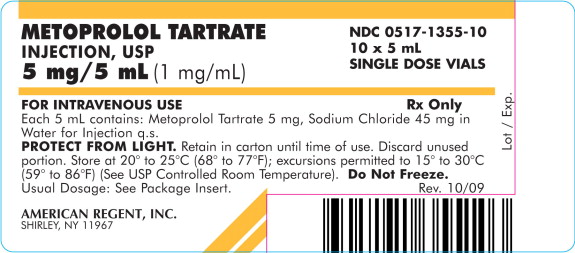What is a drug's main therapeutic objective?
Maximum benefit with minimum consequences
Ordered: Atropine 0.6 mg IM. Label reads 0.3 mg per 0.5 mL. How many milliliters will you give per dose?
1 mL
What does ADME stand for?
A- Absorption
D- Distribution
M- Metabolism
E- Excretions
The physician ordered: Digoxin 250 mcg PO qid. The label reads 1 tablet equals 0.25 mg. How many tablet(s) will you administer to your patient?
1 tablet
If a medication has a lower therapeutic index, is it safe?
No, the higher the therapeutic index, the safer it is.
What are the phases of drug development? What happens in each?
Pre-Clinical Testing: on animals (drug toxicities, pharmacokinetic properties, useful biologic effects)
Phase 1: tested on healthy volunteers (evaluating drug metabolism, pharmacokinetics, biological effects)
Phase 2 & 3: patients (therapeutic effects, dosage range, safety, and effectiveness)
Phase 4: released to general public (postmarketing surveillance by FDA)
The non-steroidal medication naproxen (Naprosyn) has been prescribed for a patient, 1375 mg/day in divided doses. Each tablet contains 0.275 g. How many tablets equal this daily dose?
5 tablets
What are 3 factors that effect absorption?
- pH levels
- rates of dissolution and absorption
- surface area
- blood flow
- lipid solubility
- routes of admission
Order: Lasix (furosemide) 40mg PO every 4 hours. Available: tablets labeled 20mg. How many tablets will the nurse administer daily?
240 tablets daily
What are ways to minimize drug-drug interactions?
- know the drug history
- know every medication they are taking
- know herbal & OTC medications or street drugs
- early signs of toxicity
- determine if they are taking it at the wrong time
What are the 3 distinguishing features of randomized controlled trials (RCTs)?
- use of controls
- randomization
- blinding
The physician ordered 180 mg of Dilantin PO every 8 hours. The patient weighs 98 lb. The label of the drug reads 250 mg per 5 mL. How many milliliters will you administer to this patient per dose?
3.6 mL
What are the phases of the distribution process?
Phase 1: blood flow to tissue/organs
Phase 2: exiting the vascular system
Phase 3: entering cells
The physician ordered Amoxicillin 10 mg IM q6h. Amoxicillin is supplied in 125 mg per 5 mL. How many milliliters will you administer per dose?
0.4 mL
- grapefruit juice & blood pressure medications
- coumadin & greens
- aged cheese & wine
What is the nursing process?
 Order: Gabapentin 500 mg PO every 6 hours. How many capsules are in a single dose?
Order: Gabapentin 500 mg PO every 6 hours. How many capsules are in a single dose?
5 capsules
What is the most important organ during excretion?
The kidneys
 Order: Augmentin 300 mg orally every 12 hours. How many mL are required to deliver a single dose?
Order: Augmentin 300 mg orally every 12 hours. How many mL are required to deliver a single dose?
12 mL
What is the difference between pharmacokinetics & pharmacodynamics?
Pharmacokinetics = the study of the movement of drugs within the body
Pharmacodynamics = the study of the effects of a drug and their actions
What are 2 labeling requirements for OTC drugs?
- easy to read
- active ingredients are listed 1st

Order: Thorazine 125 mg subcutaneously every 8 hours. How many doses are in one vial?
2 doses
What is the difference between peak and trough? Loading and maintenance?
Peak = 1-2 hours AFTER last dose
Trough = done just PRIOR to the next dose
Loading = a high initial amount of dosage
Maintenance = smaller dosage used to maintain

Order: 10,000 mcg IM daily. How many mL are required to deliver a single dose?
10 mL
What does maximal (maximum) efficacy? Is it correlated to the relative potency?
Maximal efficacy = the largest effect that a drug can produce
No. It is important to note that the potency of a drug implied nothing about its maximal efficacy.